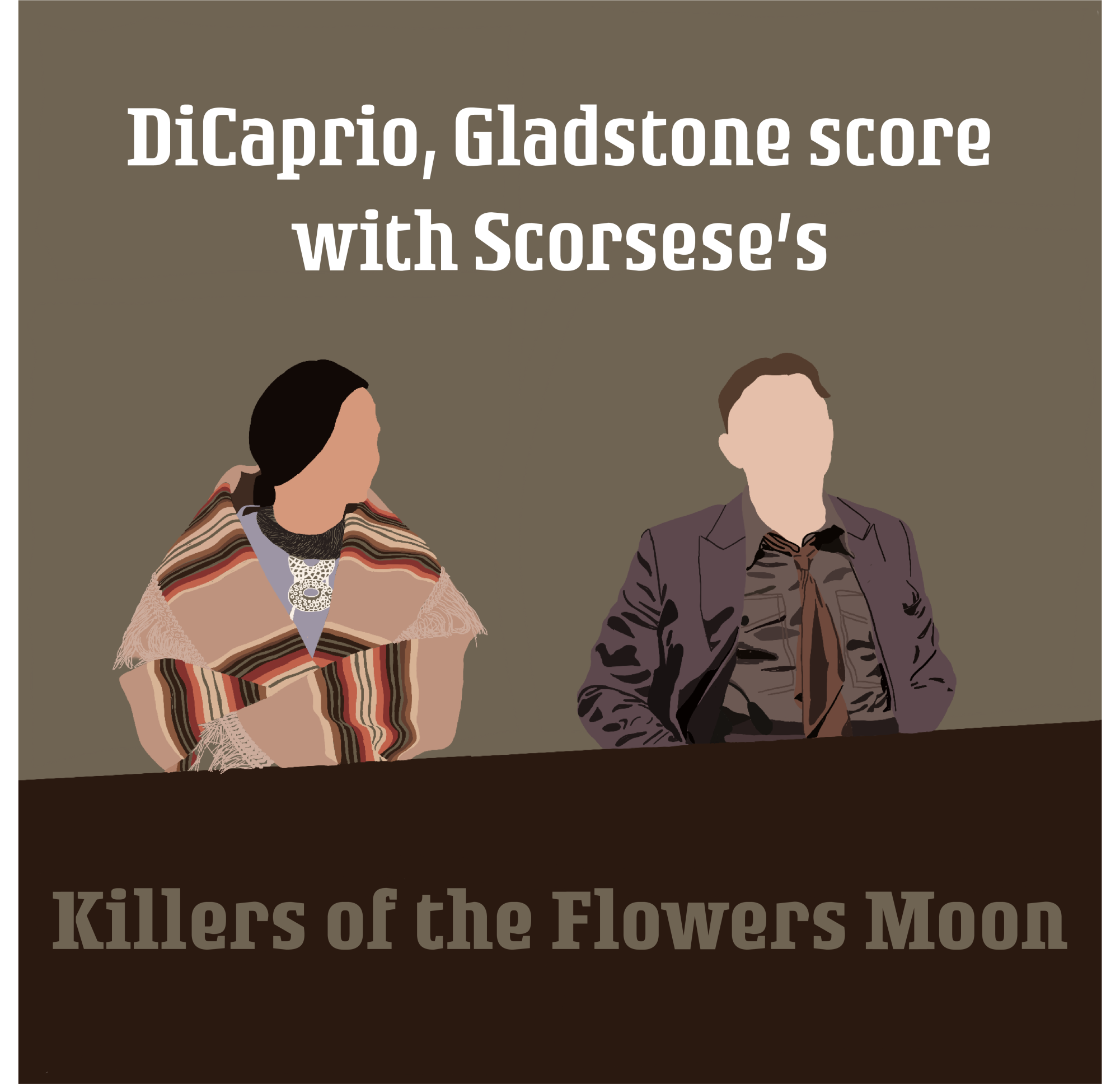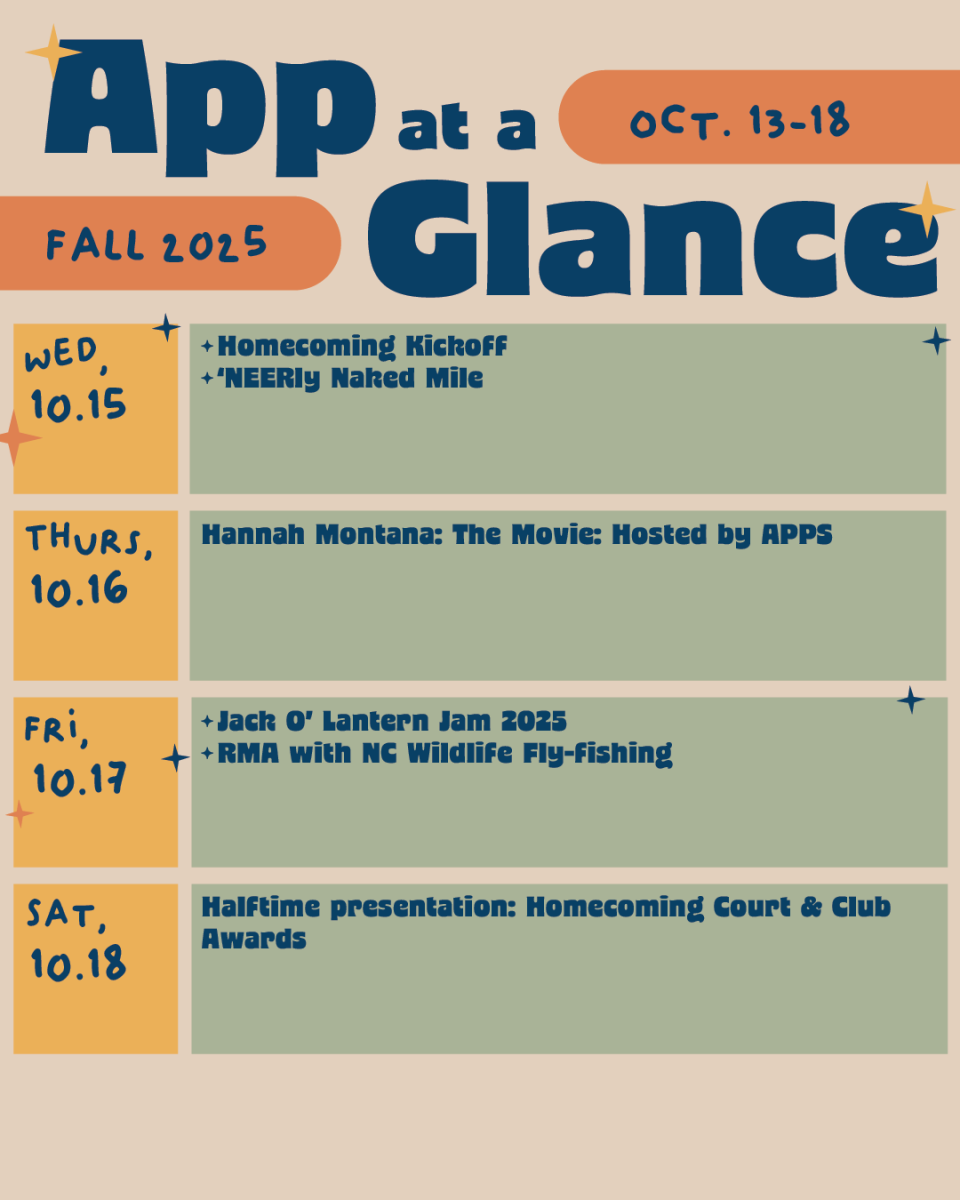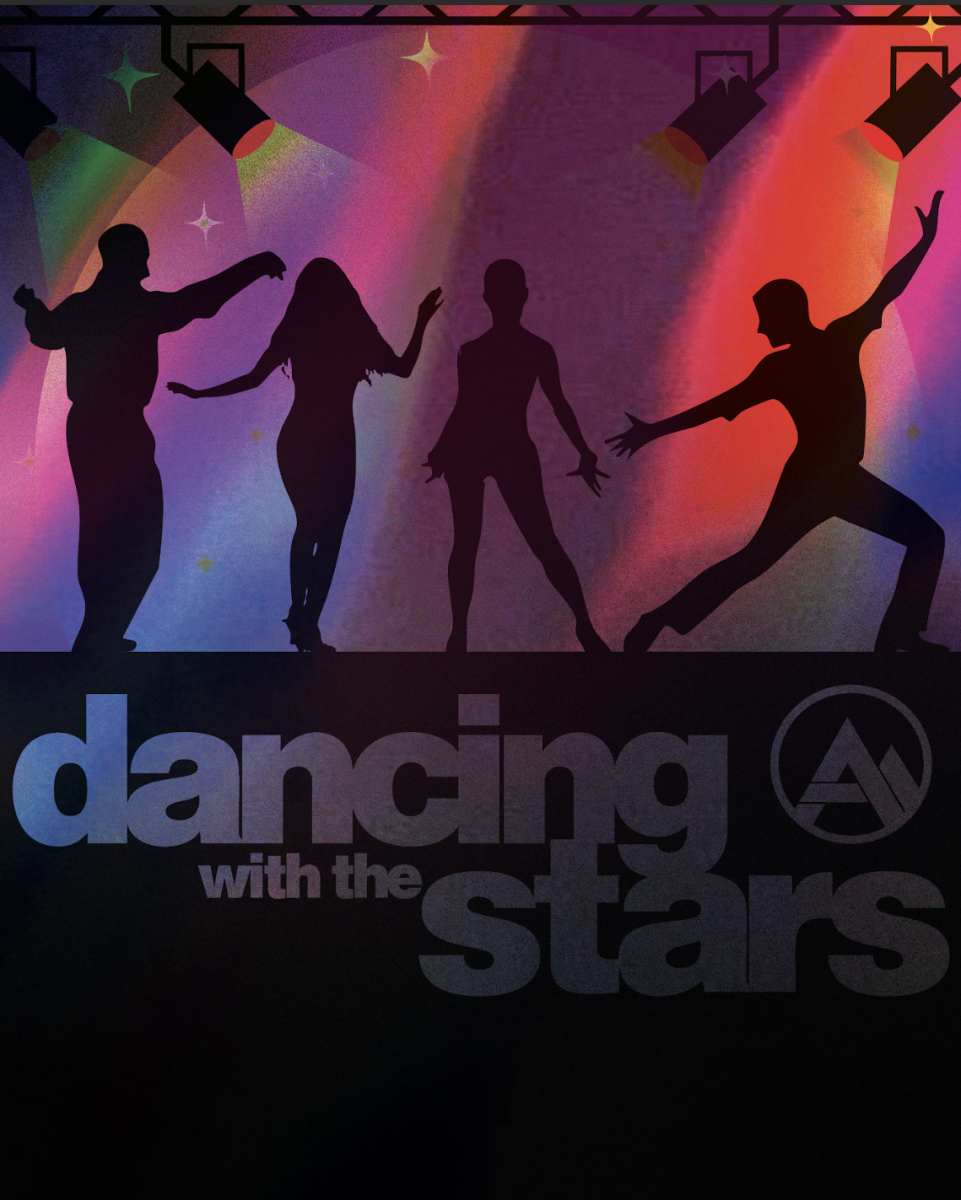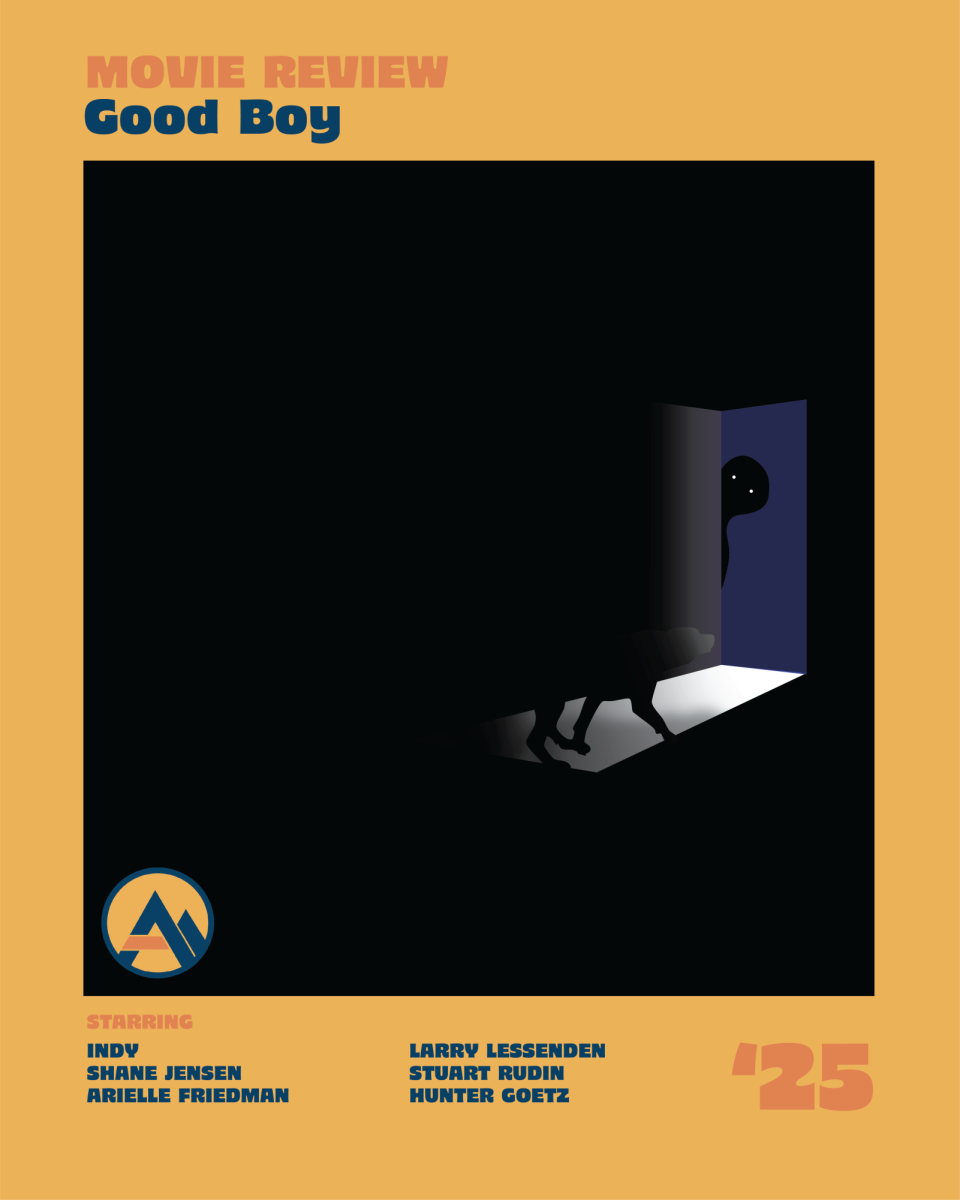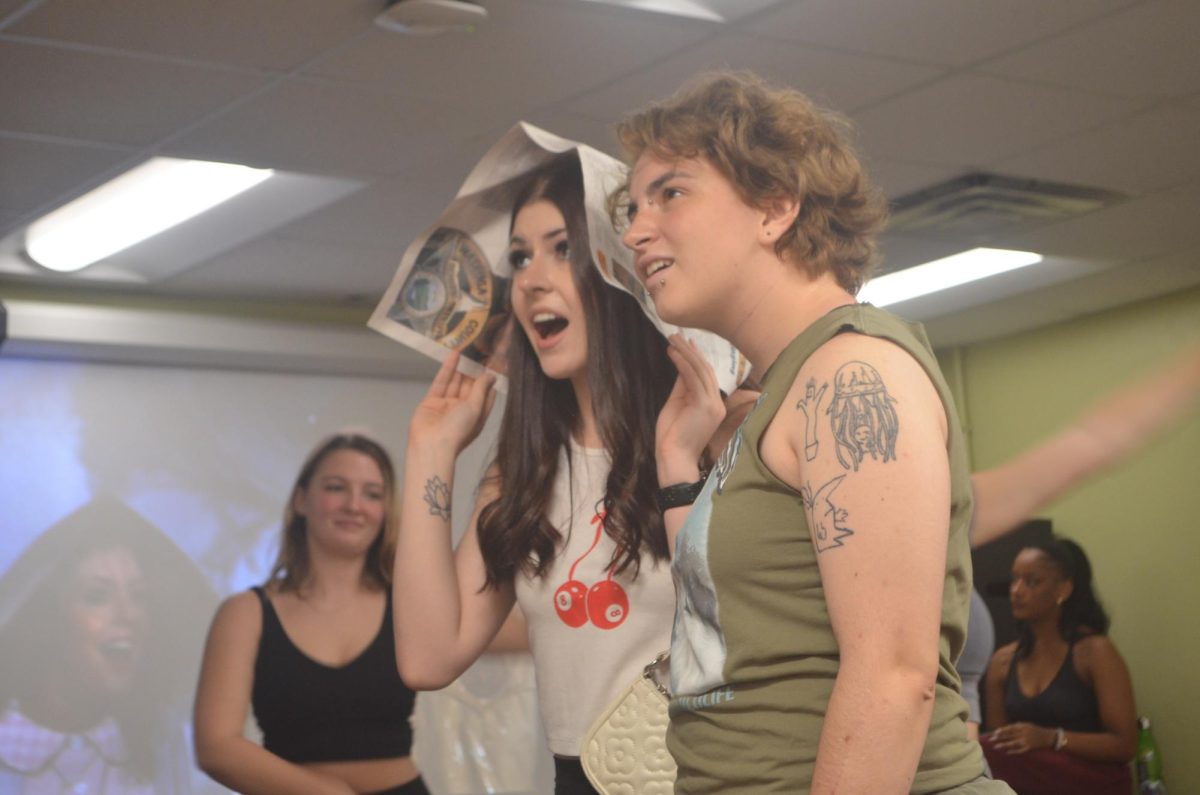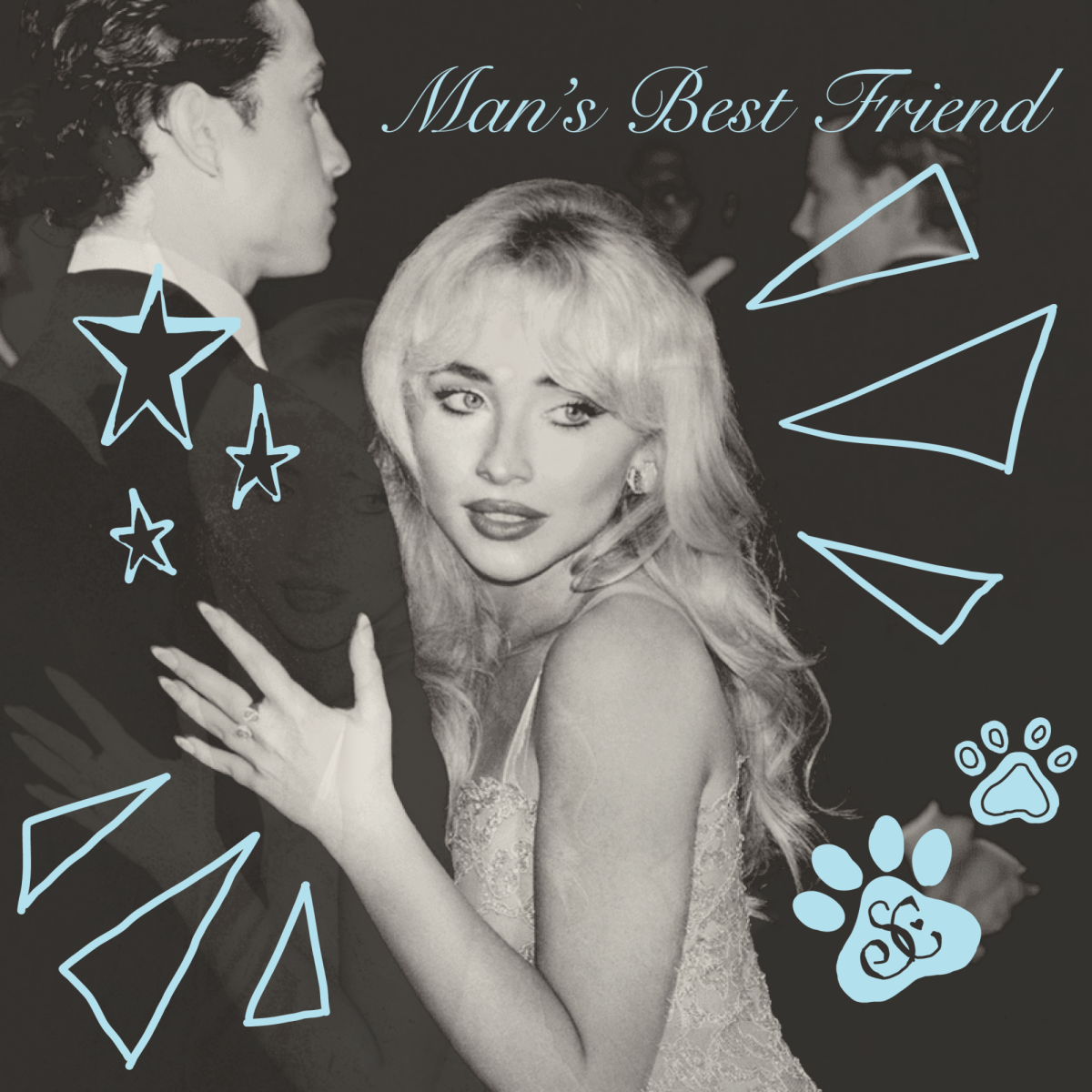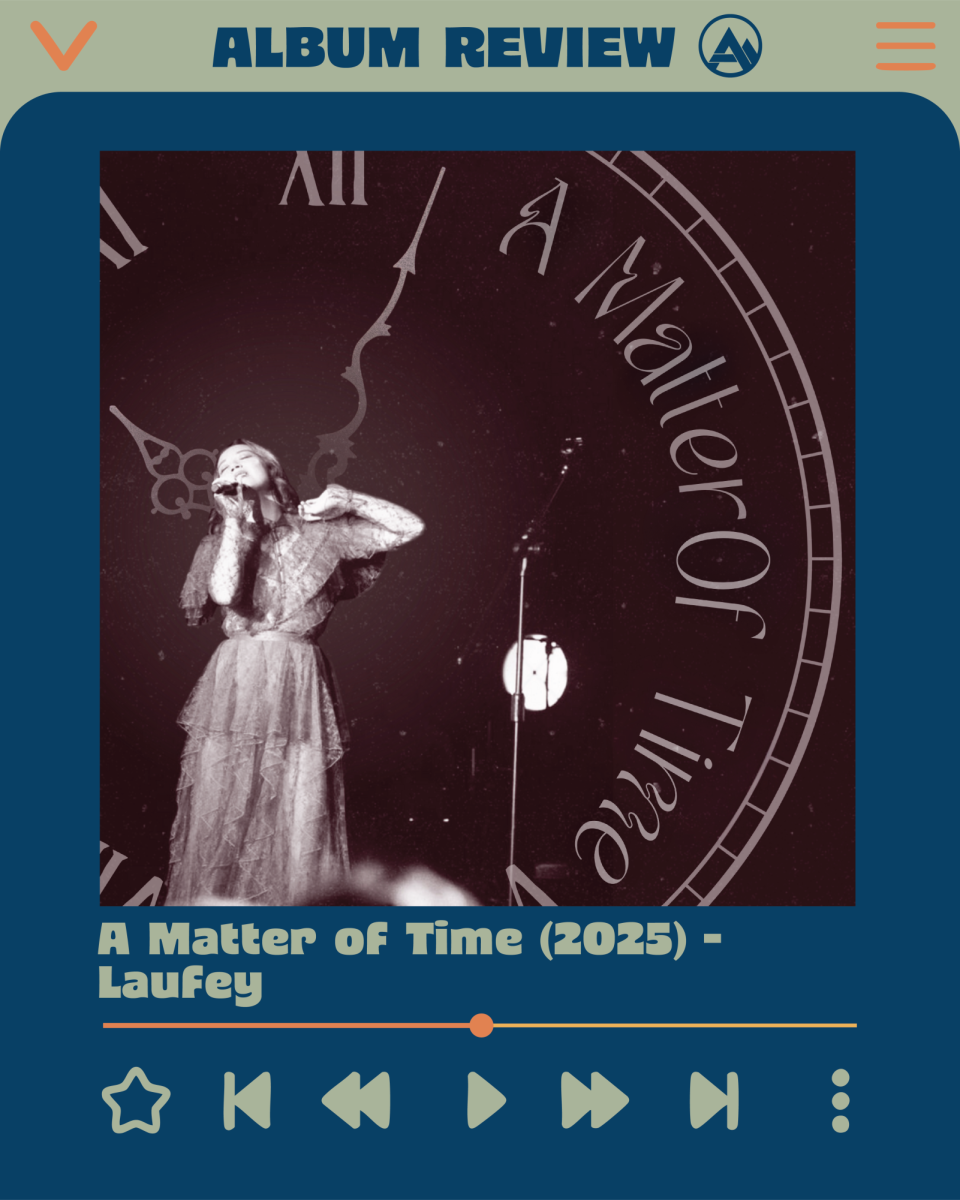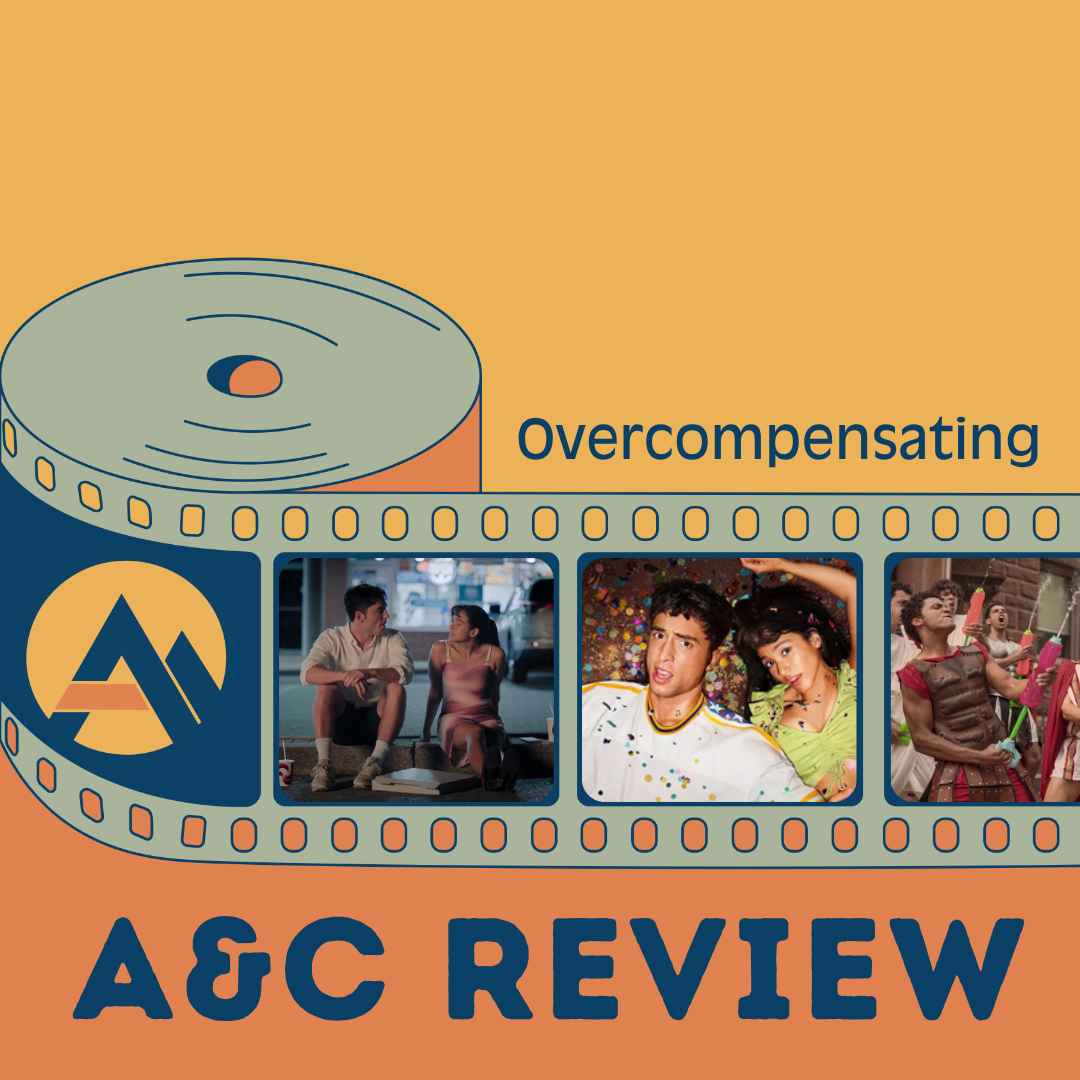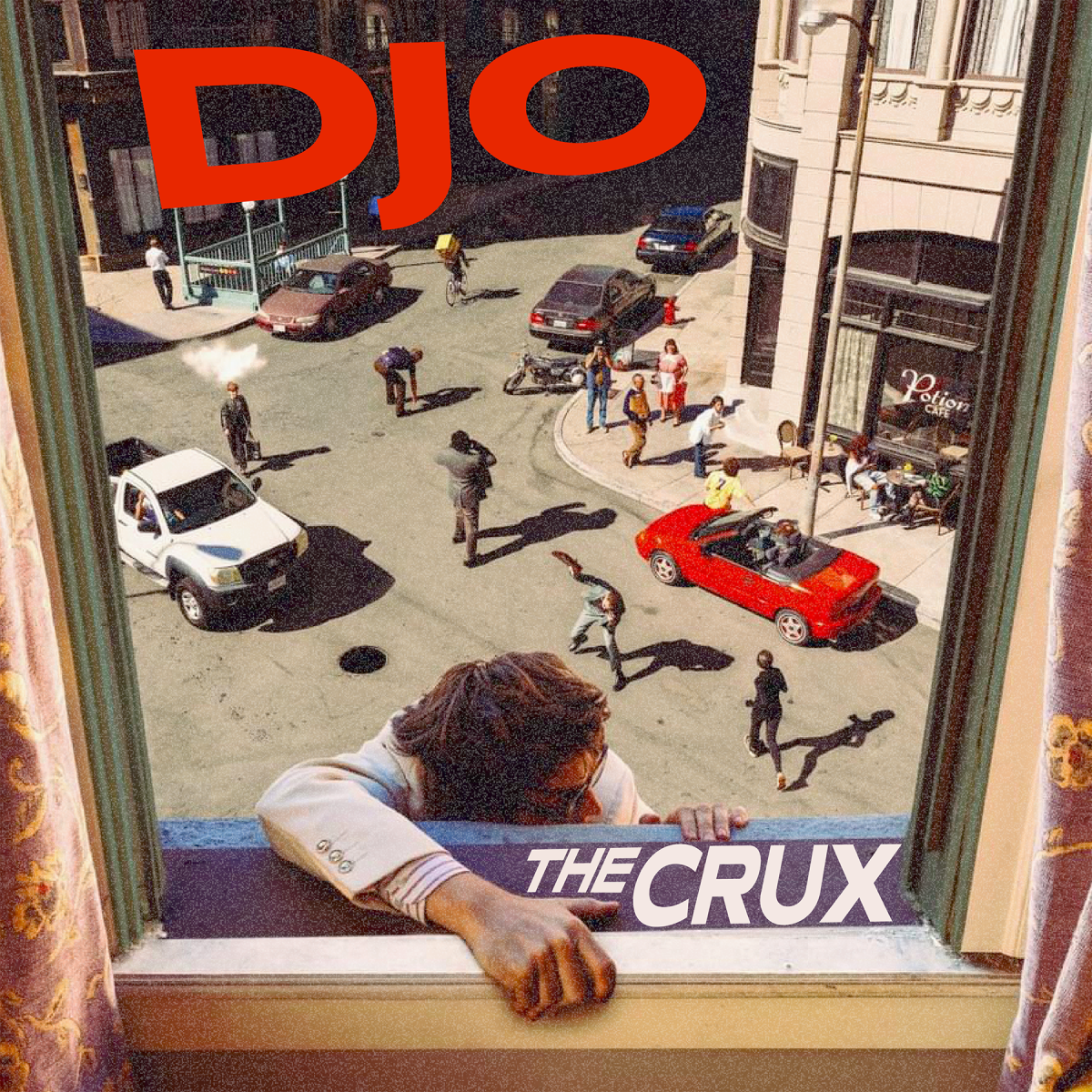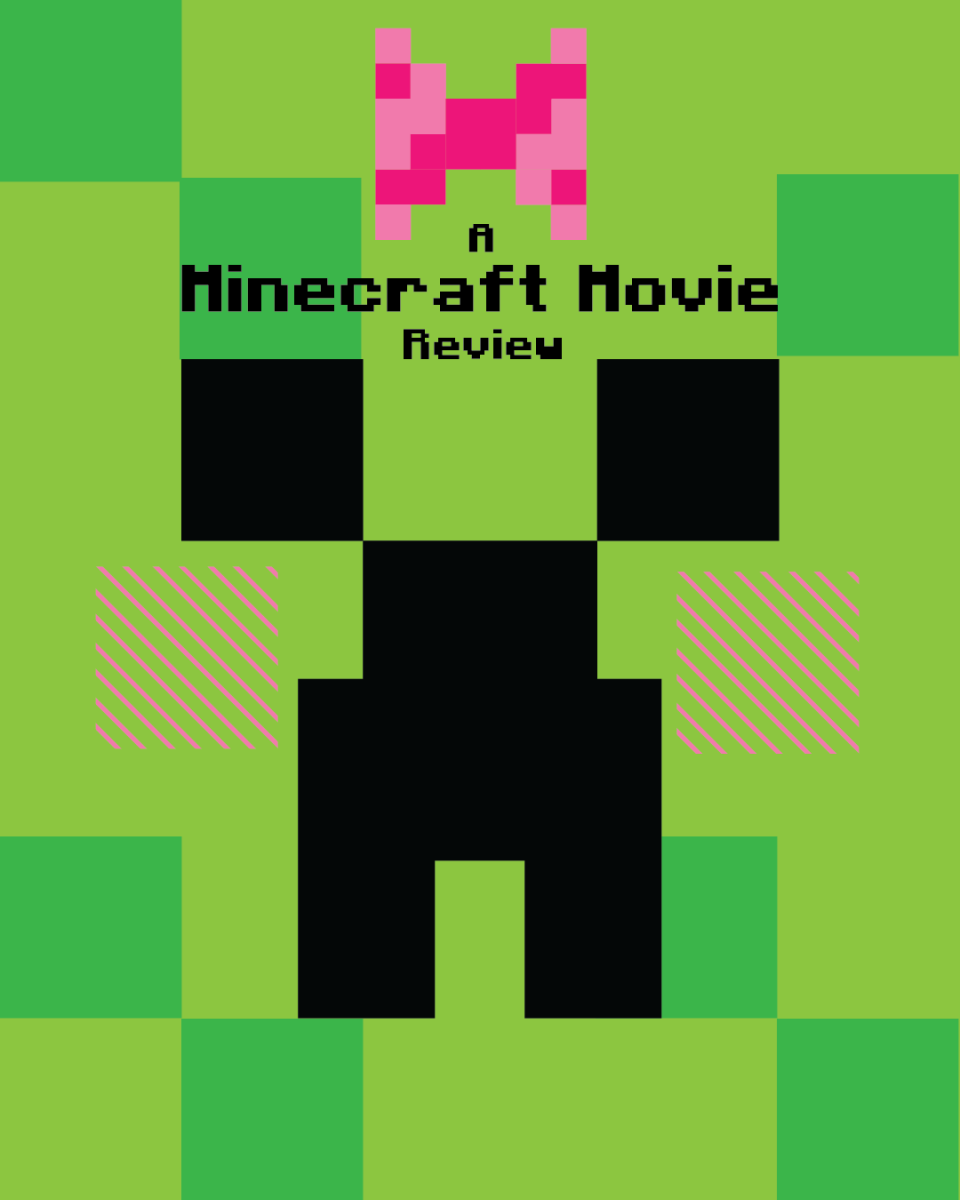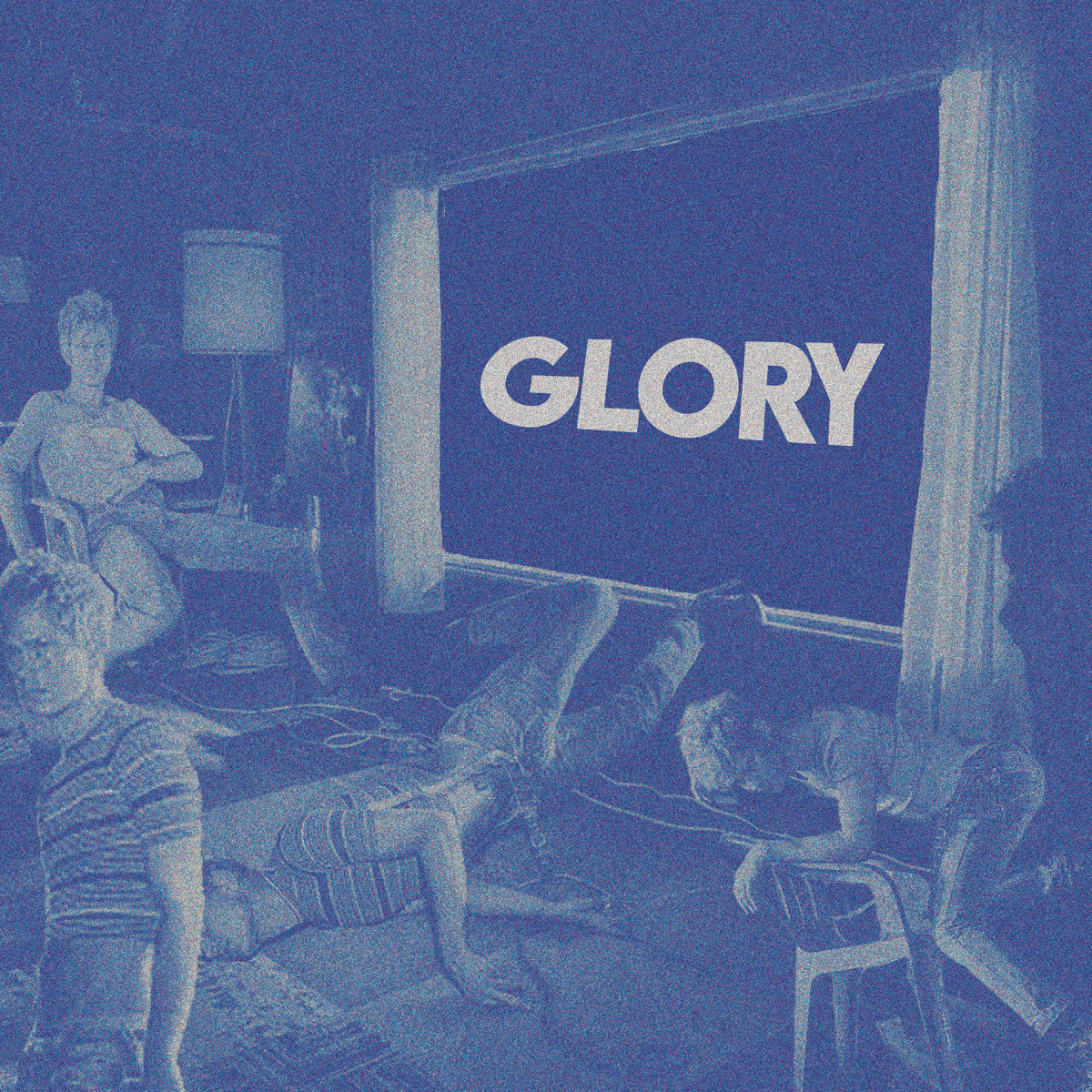“Killers of the Flower Moon” is an epic. Martin Scorsese’s three hour and 26 minute film is gargantuan in length and scope, depicting a series of murders that plagued the Osage Nation of Native Americans in the 1920s. However, the movie isn’t confined to a true crime story, which famously led to the formation of the FBI.
“Killers” encompasses the original American sin, a century-old American crime and greed that continues to power the U.S. today. The epic lives up to its genre while transcending its lengthy crime contemporaries. Instead of another film about New York gangsters or Chicago mobsters, the exploiters of the system, “Killers” is a crime movie about the people who have been exploited.
The film is adapted from David Grann’s 2017 nonfiction book, “Killers of the Flower Moon: The Osage Murders and the Birth of the FBI,” but makes some significant changes in its telling. Grann’s book “reads like a mystery of sorts, with Grann laying out the facts of the Osage murders” before revealing who committed the murders, according to Time.
The movie, meanwhile, switches the story’s focus from an FBI procedural to an ill-fated love story between Ernest Burkhart, a dim WWI veteran played by Leonardo DiCaprio, and Mollie Kyle, an Osage woman played by Lily Gladstone. In an interview with Time, Scorsese talks about the change in the film’s narrative. DiCaprio was originally slated to play Tom White, an FBI agent at the heart of the investigation in Grann’s book. But for the film that approach wasn’t working.
Scorsese recast DiCaprio as Ernest and met with Osage leaders for help accurately telling the story of Mollie, Gladstone’s character. CNN reports that Scorsese met with Osage Nation Chief Geoffrey Standing Bear in 2019, and their collaboration produced with resources like the Osage language consul on set. Scorsese also consulted figures from the Osage Gray Horse community, some of whom were descendants of the murdered Osage depicted in the film. During these meetings, Scorsese was urged to defy Hollywood stereotypes of indigenous American stories and “explore more deeply who these Osage victims were.”
With the aid of his cultural consults and Gladstone’s exceptional performance, Scorsese excels in telling a story that feels reverential of the community it comes from. The film’s narrative arc is not about discovering the identity of the murderers, who are instantly obvious. Instead, “Killers” follows Mollie for a significant chunk of the movie. She is wholly DiCaprio’s co-star, and in several instances outshines him onscreen. One of the best reasons to see “Killers” in theaters is Gladstone on the big screen. When DiCaprio and Gladstone are side-by-side in a shot, the eye must decide which one of them to look at. Gladstone has a quiet magnetism that demands attention.
The film’s elaborate production design and beautiful imagery are additional reasons to see it in theaters, rather than Apple TV+, where it will be streamed in the future. The film is rich with detail down to the costumes, which are worth extra recognition. Osage Nation member and costume cultural advisor Julie O’Keefe spoke with Vanity Fair about her and Oscar-nominee Jacqueline West’s approach to creating the film’s wardrobe. O’Keefe notes that Mollie’s blankets, perhaps the signature costume piece of the film, were crafted by artisans that she “knew to be some of the oldest ribbon-maker families” in the community. The weavers used “27 yards of ribbon that went into Lily’s blanket,” of which “every single piece is of authentic, original material.” That effort to recreate the look of a century past is emblematic of every part of the film.
The relationship between the Hollywood industry and the Osage Nation in “Killers” is a dirty mirror of the characters in the film. Where Scorsese and his white collaborators sought to elevate the Osage involved in “Killers,” the movie’s narrative sees Ernest and his white compatriots attempt to tear the Osage down. Their malicious efforts are at the behest of Robert De Niro’s villainous William “King” Hale, who observes his victims with subtle menace. Hale is a charismatic manipulator and uncle to Ernest. A self-described “friend” to the Osage, his machinations are so coolly evil it’s remarkable he and his goons aren’t apprehended immediately.
However, in a community where the sheriff is a member of the KKK and the town doctors are prone to poisoning their patients, the film asks who would have stopped Hale even if he was exposed. In this dirty mirror, Hale may be a dark version of Scorsese, a white director of misery rather than of films. In the “Killers” killer, De Niro gives his most effective performance in years, and his interplay with DiCaprio is dynamic.
DiCaprio’s performance is a marvel. He sinks into the role with greed and gullibility in equal measure. While it’s hard to feel bad for Ernest, it’s easy to buy DiCaprio’s performance, and DiCaprio sells Ernest’s deep love for Mollie while demonstrating the dumb violence Ernest was capable of. The fact that DiCaprio only gives the third best performance in “Killers,” after Gladstone and De Niro, is a testament to the strength of the entire cast. The supporting players are remarkable too, with Jason Isbell, Cara Jade Myers, Tantoo Cardinal and William Belleau worthy of particular mention.
It should be noted that Scorsese, a white man, is not the perfect fit for a story about Indigenous people. He never could be. The Hollywood Reporter interviewed Christopher Cote, who acknowledged that while Scorsese did the best job he could, it would take an Osage to tell the most authentic version of the tragedy from Mollie’s perspective. His views are echoed by other Osage who worked on the film. Meanwhile, other Indigenous performers in Hollywood reflected Cote’s mixed response. The Guardian reported on many Indigenous responses to the film, from performers to professors, and their reflections of the successes and shortcomings of Scorsese’s film are important to consider.
Ultimately, “Killers of the Flower Moon” is a movie that demands close attention. With its epic runtime, difficult themes and complex characters, the film is the most ambitiously detailed story to hit cinemas this fall. Like the oil the Osage Nation was built upon, there is a sea of wealth under the surface of Scorsese’s latest.
Rating: 4.5/5 Yosefs



